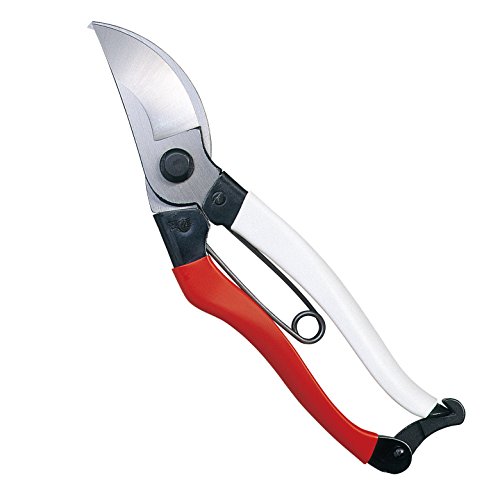Expert horticulturists reveal 5 clematis pruning mistakes to avoid if you want spectacular floral displays
Why you need to prune at the right time and not remove too much or too little
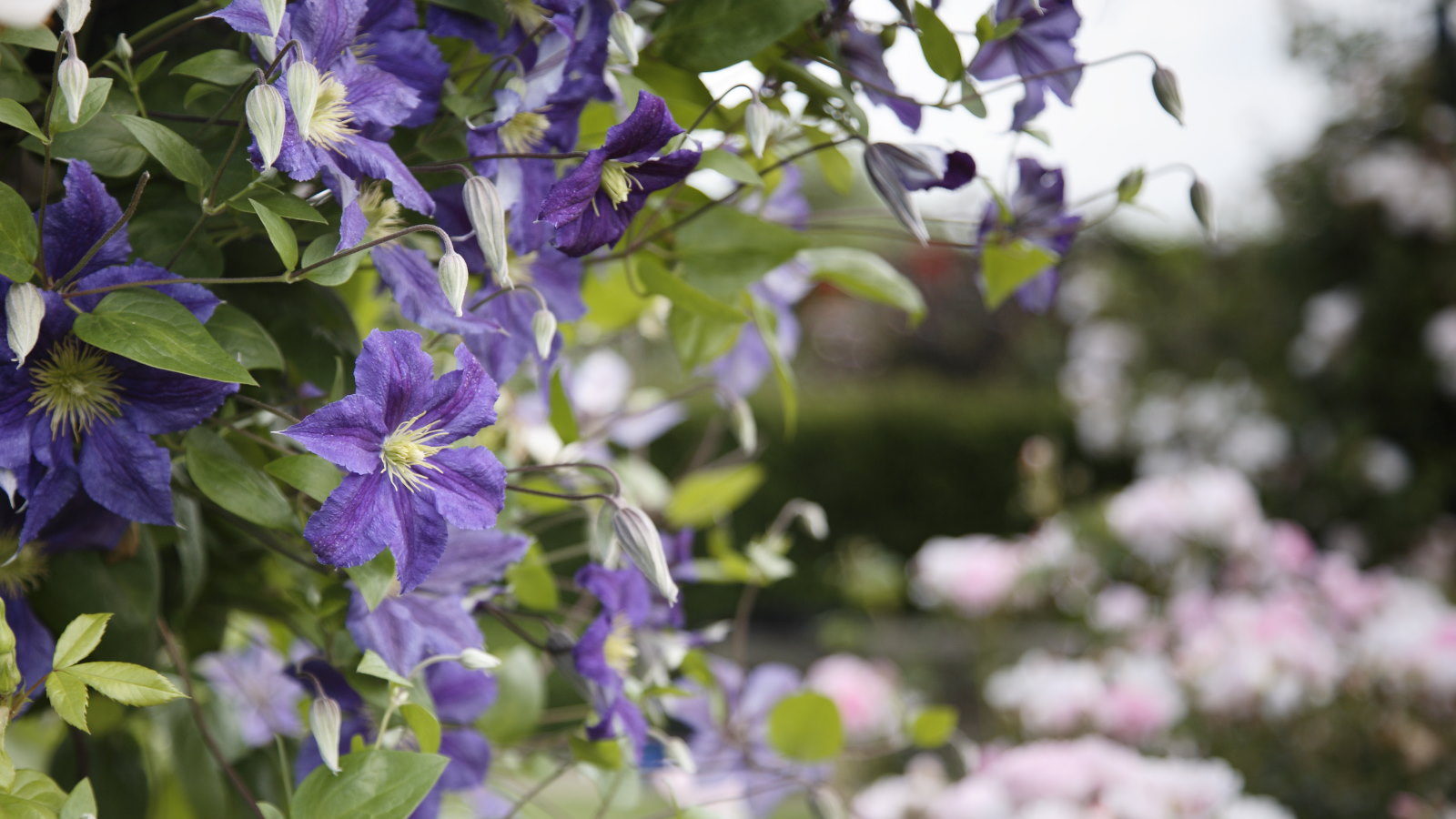

Pruning clematis the right way is the best method of ensuring it stays healthy and puts on a fantastic display of blooms year after year. Unfortunately, there are common clematis pruning mistakes that affect the look and productivity of the plant.
The usual pitfalls of clematis pruning include doing it at the wrong time, removing too much, or not removing enough. When you grow clematis, neglect or improper pruning may not ultimately kill the climber. However, if not trimmed a clematis can quickly outgrow its space, and get woody, and the flowering display suffers.
It needn’t be this way as clematis pruning can be simple and rewarding. To help you avoid potential pitfalls, three gardening experts discuss the five most common clematis pruning mistakes and provide tips to help you avoid them.
1. Pruning at the wrong time
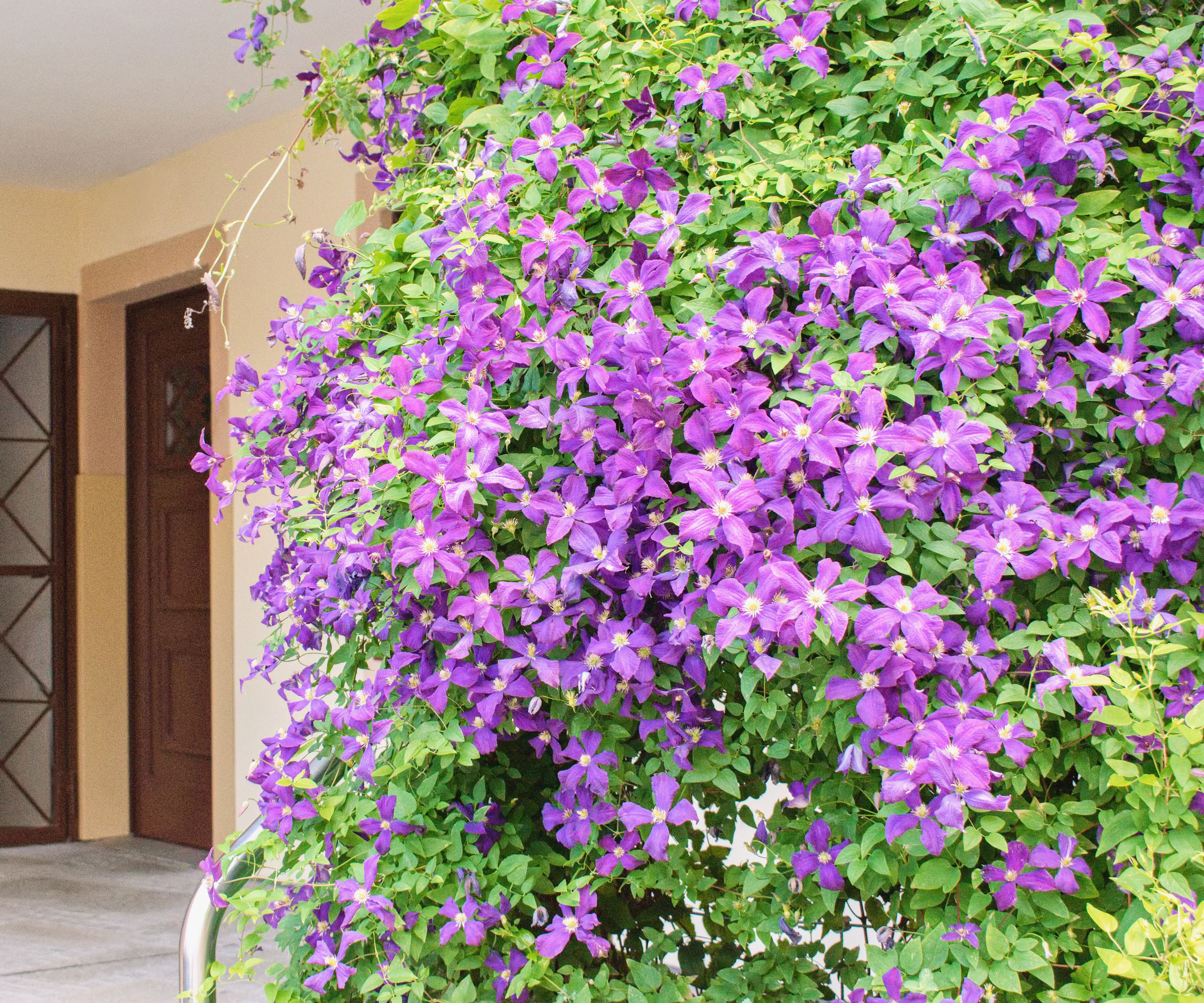
The biggest clematis pruning mistake is trimming them at the wrong time of year, which can affect blooming.
This pitfall comes from the fact clematis are classified into three groups and the pruning guidelines differ for each, based on how and when the plant forms new flowers. Any new clematis you buy should have their group listed on the label, though you can establish the group of any existing clematis by looking at when it blooms.
- Group 1 clematis are early-blooming varieties that flower in early spring on old wood - prune them after they have finished blooming
- Group 2 clematis flower late spring and midsummer on old wood - prune them after the first flush of flowers in spring
- Group 3 clematis flower in late summer on new wood - prune them in late winter or early spring
To avoid this clematis pruning mistake, know your clematis type before heading out with any pruning tools. James Collins, founder of Pure Home Garden, advises monitoring a clematis to ‘pick the right pruning technique for the specific plant’. He adds: ‘If you're still confused or unable to identify the exact type, just make sure you are doing the safest option.’

James Collins is the founder of Pure Home Garden, which provides horticultural services from personalized landscape design to professional tree care. He has hands-on experience in landscaping, gardening, and DIY projects.
2. Removing too much

Pruning excessively, especially at the wrong time of year, can impact the appearance and health of the flowering climber. Any clematis pruning needs to concentrate on removing dead, damaged, or diseased stems and taking steps to control the size and shape of the plant.
Amy Enfield, a horticultural expert at ScottsMiracle-Gro, warns: ‘Except for group 3 clematis which can be cut back almost to the ground in the spring before new growth begins, you can remove too much growth through pruning. In the case of group 1 and 2 clematis, excessive pruning can impact not only the quantity of flowers but the overall appearance of your vine.’
To avoid making this clematis pruning mistake, prune group 1 clematis lightly after flowering to shape the shrub. The only time to prune group 1 hard is if they have outgrown their space and need controlling, which will impact the flowering and should not be done again for at least three years.
Group 2 clematis must be pruned lightly in late spring, hard pruning after the early flowering to rejuvenate the size or shape will sacrifice any later blooms.

Amy Enfield has over 25 years of experience in the Lawn & Garden industry and has been with ScottsMiracle-Gro for 11 years. She has a BS and MS in Horticulture from Michigan State University and a PhD in Plant & Environmental Sciences from Clemson University.
3. Not removing enough
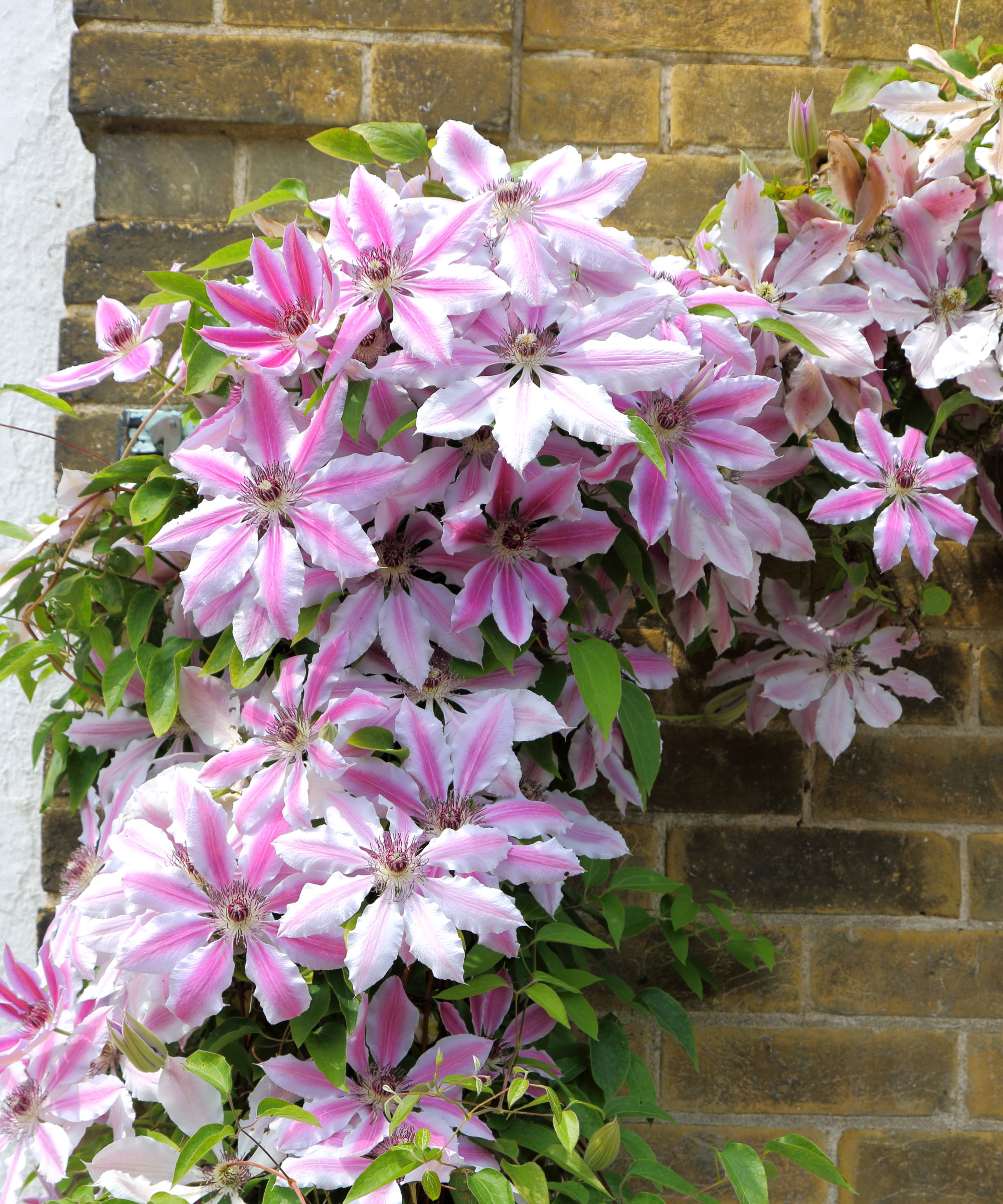
Amy Enfield warns: ‘An unkept clematis can look like someone with a bad case of bedhead–long, bare vines with a clustered mess of flowers and leaves up high where they can’t be easily enjoyed. Not pruning enough can lead to fewer flowers as the cluster of uncontrolled vines starts to shade themselves.’
Even though group 1 and 2 clematis need a light touch when it comes to pruning, they always need dead, damaged, and diseased stems removed, along with weak and tangled stems. Leaving dead or non-productive brittle stems is counter-productive, as they offer little to the appearance but can impact the overall health of the clematis.
Lynn Angelone, owner of Angelone’s Florist, claims they ‘can't stress enough the importance of decluttering those congested areas’. She adds: ‘If you let them get too thick, you're setting the stage for less air movement, which can lead to more diseases and fungal issues. A good thin-out means better circulation and nutrient absorption.’
Group 3 clematis are fast-growing flowering vines and need cutting back to about 12 inches above the ground every late winter or early spring. ‘If you don’t want to prune, group 3 Clematis plants may not be right for you,’ adds Amy Enfield.
4. Using dirty and blunt tools
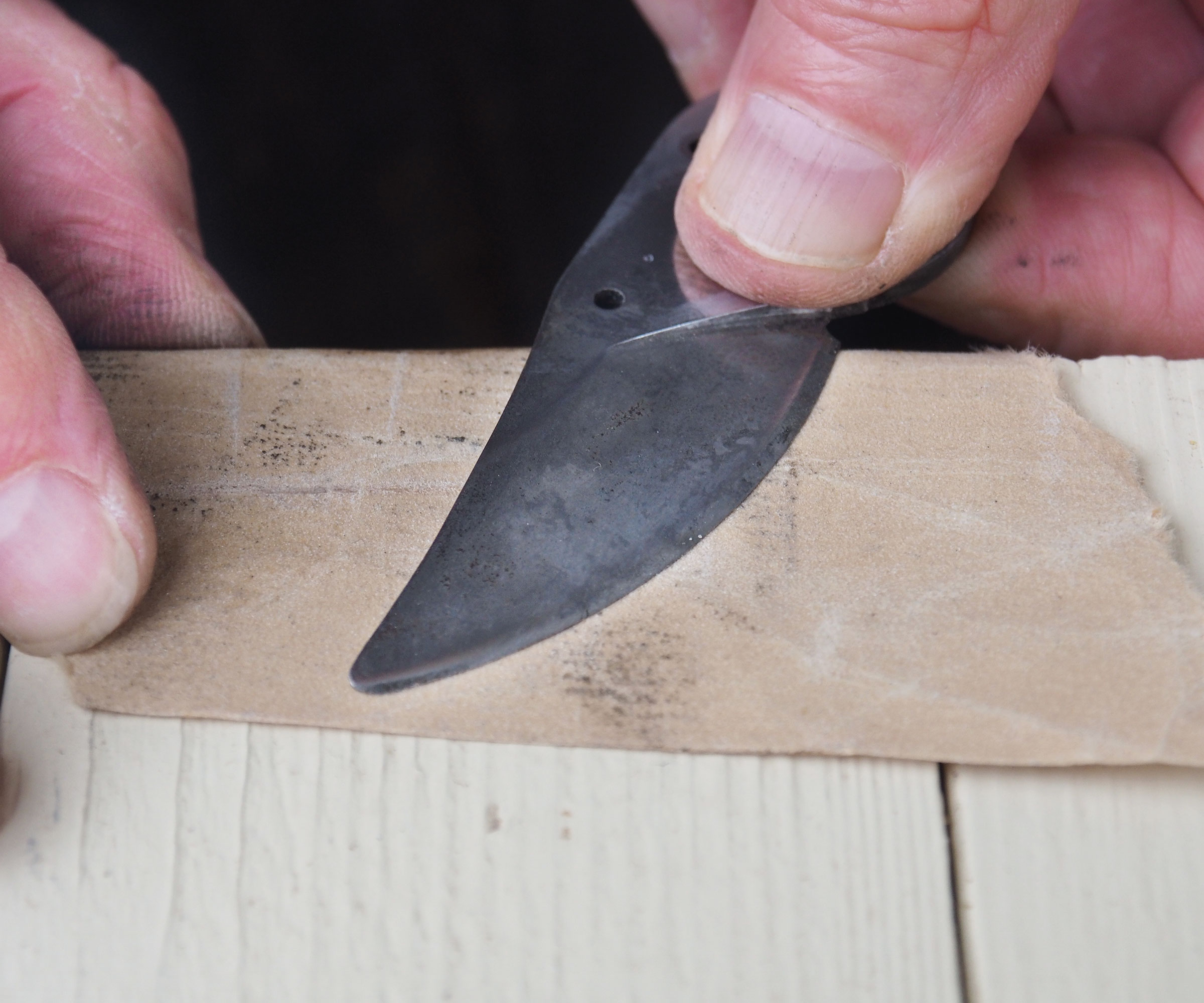
It is always a pruning mistake to head out with dirty and rusty tools, always take time to clean and sharpen your cutting implements before pruning clematis. It benefits you and the plant. Not only will rusty, dirt-laden garden tools make pruning more difficult, but they also risk the health of plants.
Using dull or dirty tools makes jagged cuts that the clematis will take longer to heal, increasing the potential risk for bacteria and fungus to get into the wounds and introduce disease.
Always disinfect tools before pruning, and between plants if you plan on trimming more than one, to avoid spreading disease or viruses. Clematis are susceptible to both tomato ringspot virus and cucumber mosaic virus, which can be spread by contaminated tools.
5. Being afraid of pruning
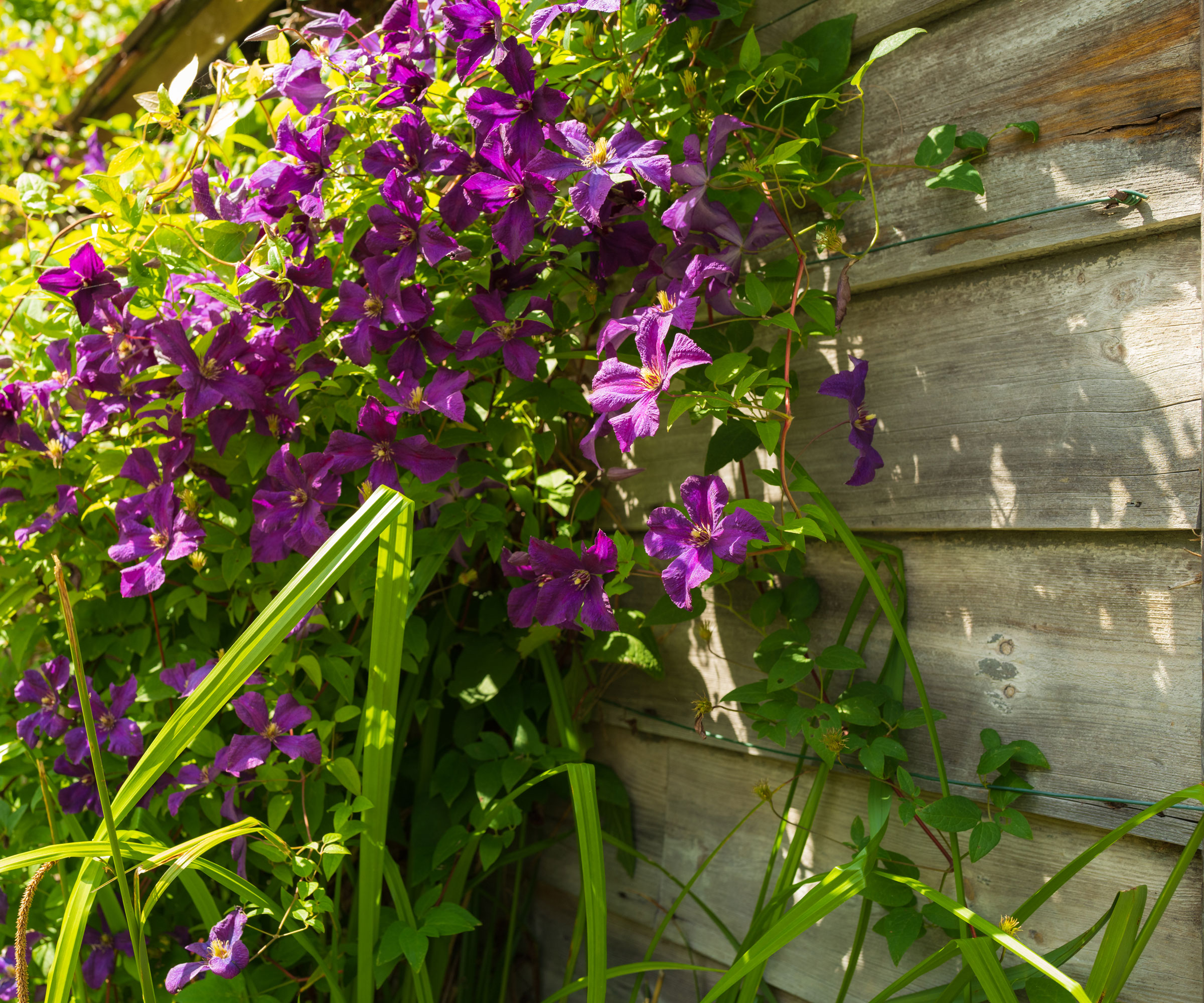
Do not let the potential mistakes put you off pruning clematis. Neglected clematis will scramble and grow out of shape, getting too high, turning very woody, and only flowering at the top.
Clematis are fast-growing climbing plants that can quickly overwhelm any space and it needn’t be this way, as pruning is not as daunting as it appears. You can revive a woody clematis, but annual trimming and maintenance can prevent it from becoming an issue.
‘Many gardeners overthink clematis pruning, fearing they’ll ruin the plant,’ says James Collins. ‘The truth is that no matter how bad of a mistake you commit, your clematis will almost always recover.’
He adds: ‘To avoid self-inflicted paralysis, follow this simple rule. If it flowers before June, prune it after flowering. If it flowers after June, prune it in late winter or early spring.’
Shop pruning shears
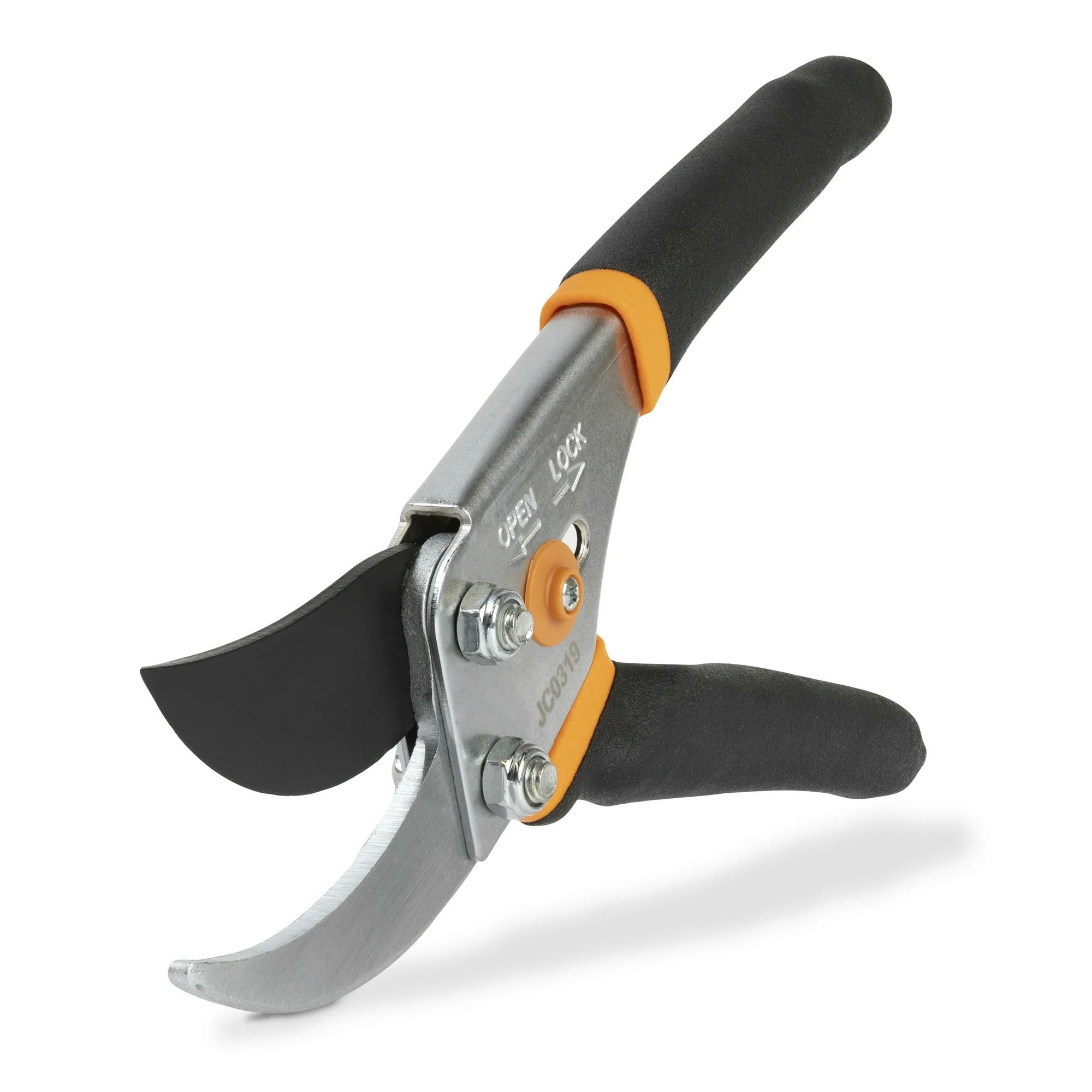
These Fiskars pruners can prune branches up to 5/8 inch thick and are an inexpensive set of pruning shears ideal for a wide range of pruning tasks.
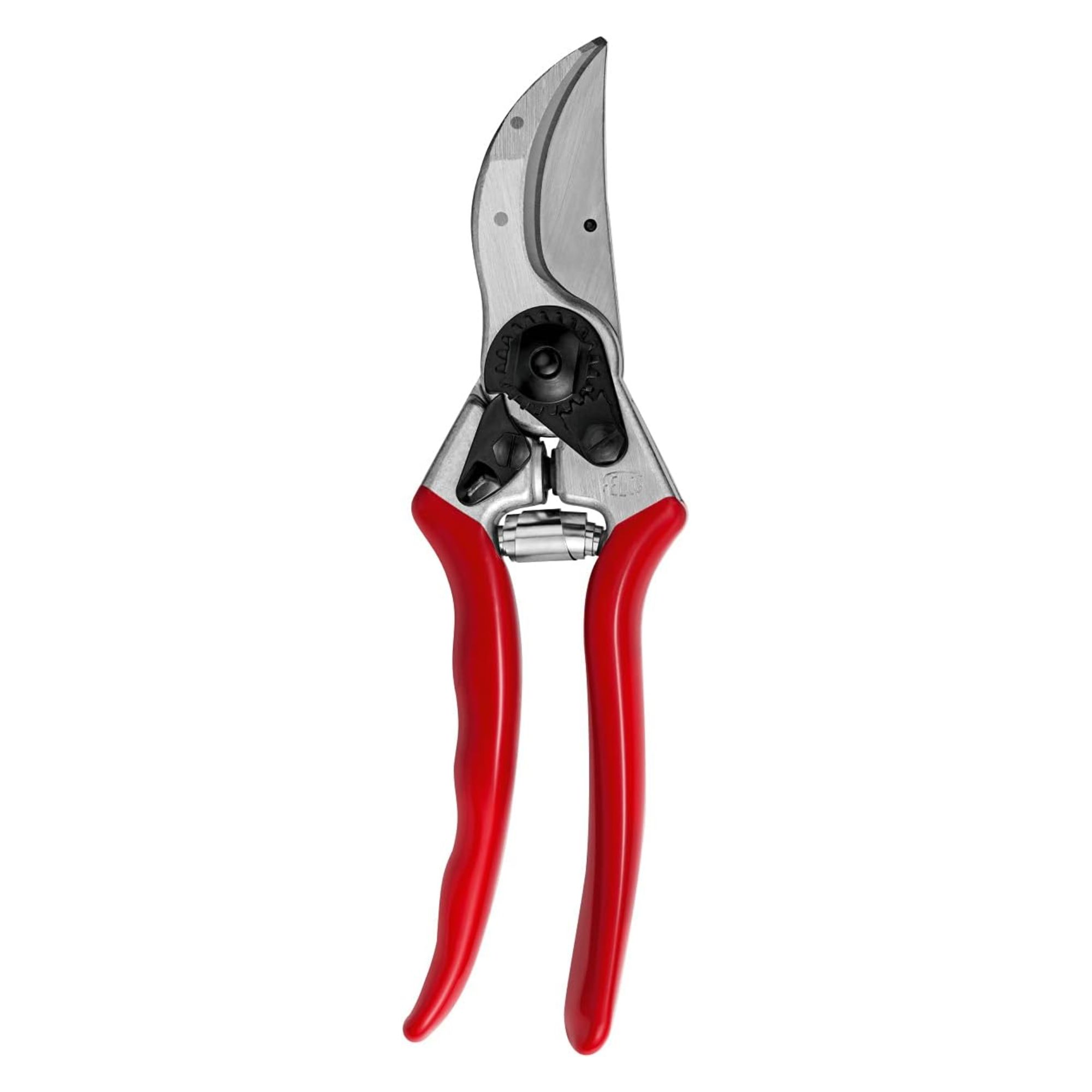
Felco No. 2 pruners are comfortable, hard-wearing, and sharp. Made of forged aluminium and with hardened steel blades, they are one of the best pruners on the market.
Whether or not you choose to deadhead clematis will also depend on the type. Deadheading is not a crucial part of maintaining the climbers, but you can get a second flush of flowers by removing the spent blooms of group 2 clematis. While removing spent flowers of groups 1 and 3 clematis will neaten the plant’s overall appearance, it will not encourage more flowers.
Sign up to the Homes & Gardens newsletter
Design expertise in your inbox – from inspiring decorating ideas and beautiful celebrity homes to practical gardening advice and shopping round-ups.

Drew’s passion for gardening started with growing vegetables and salad in raised beds in a small urban terrace garden. He has worked as a professional gardener in historic gardens and specialises in growing vegetables, fruit, herbs, and cut flowers as a kitchen gardener. That passion for growing extends to being an allotmenteer, garden blogger, and producing how-to gardening guides for websites. Drew was shortlisted for the New Talent of the Year award at the 2023 Garden Media Guild Awards.
You must confirm your public display name before commenting
Please logout and then login again, you will then be prompted to enter your display name.
-
 'Big results before you know it' – Experts urge you to use the ‘Take Away 10’ method for simple decluttering with zero decision fatigue
'Big results before you know it' – Experts urge you to use the ‘Take Away 10’ method for simple decluttering with zero decision fatigueIt can cut hundreds of items from your home in just a few weeks
By Ottilie Blackhall
-
 Kevin Bacon and Kyra Sedgwick's rustic kitchen island is stunning, but controversial – designers say you can get the look without the hassle
Kevin Bacon and Kyra Sedgwick's rustic kitchen island is stunning, but controversial – designers say you can get the look without the hassleA popular material finds an unorthodox home in the couple's kitchen, but experts disagree on whether it should be used – here's how to do it instead
By Sophie Edwards
-
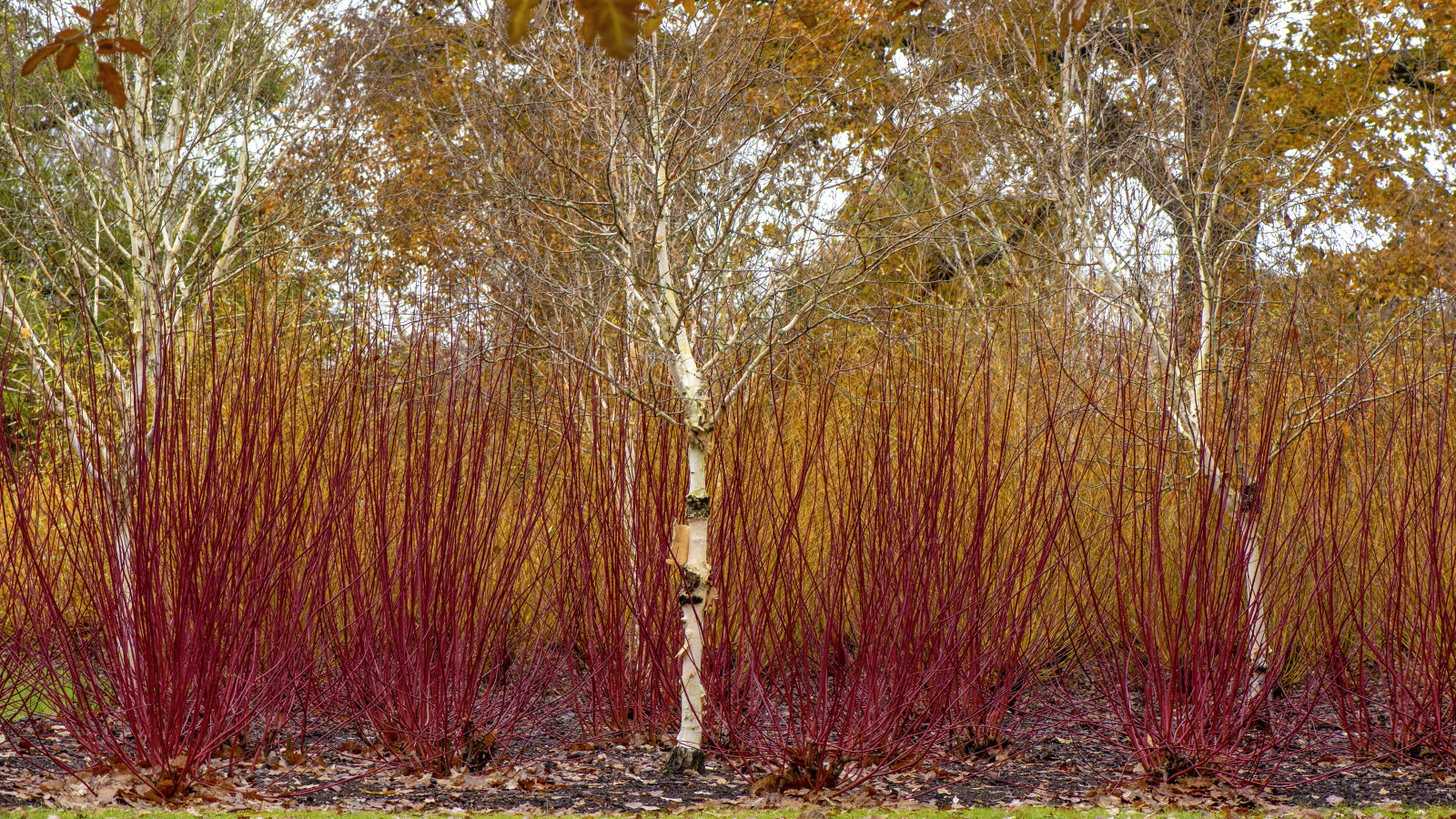 How to coppice trees and shrubs – and the 5 species that will benefit from this historical and super simple pruning technique
How to coppice trees and shrubs – and the 5 species that will benefit from this historical and super simple pruning techniqueCoppicing has aesthetic and practical benefits in a garden
By Drew Swainston
-
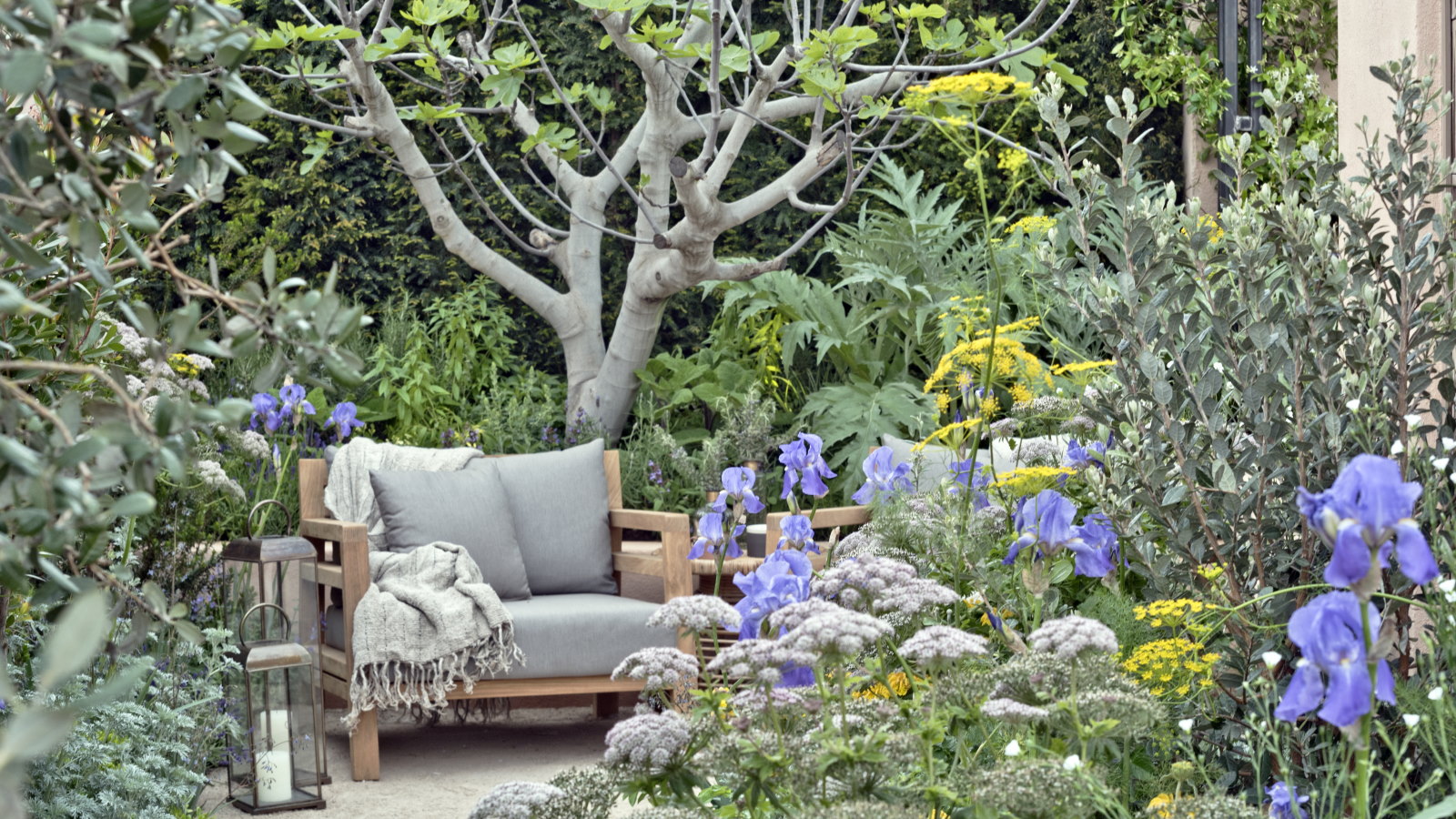 Horticulturists urge you to prune these 7 plants in April – for healthy growth and better-than-ever flowering displays
Horticulturists urge you to prune these 7 plants in April – for healthy growth and better-than-ever flowering displaysDiscover a key selection of plants to cut back this month, with expert pruning advice
By Drew Swainston
-
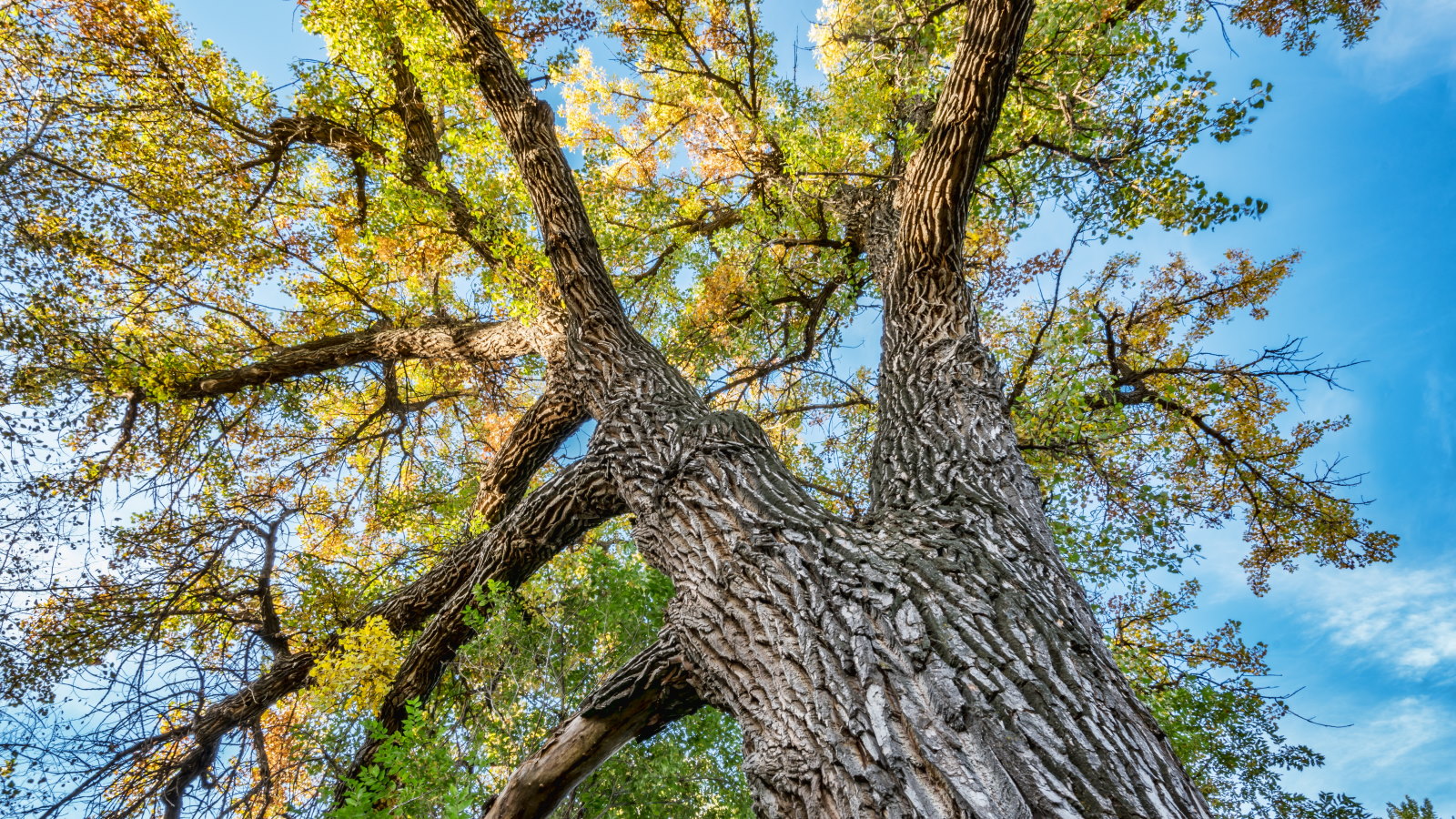 Safety is the number one reason to prune a cottonwood tree – an arborist reveals the best trimming routine to follow
Safety is the number one reason to prune a cottonwood tree – an arborist reveals the best trimming routine to followWhen and how to prune young and established cottonwoods
By Drew Swainston
-
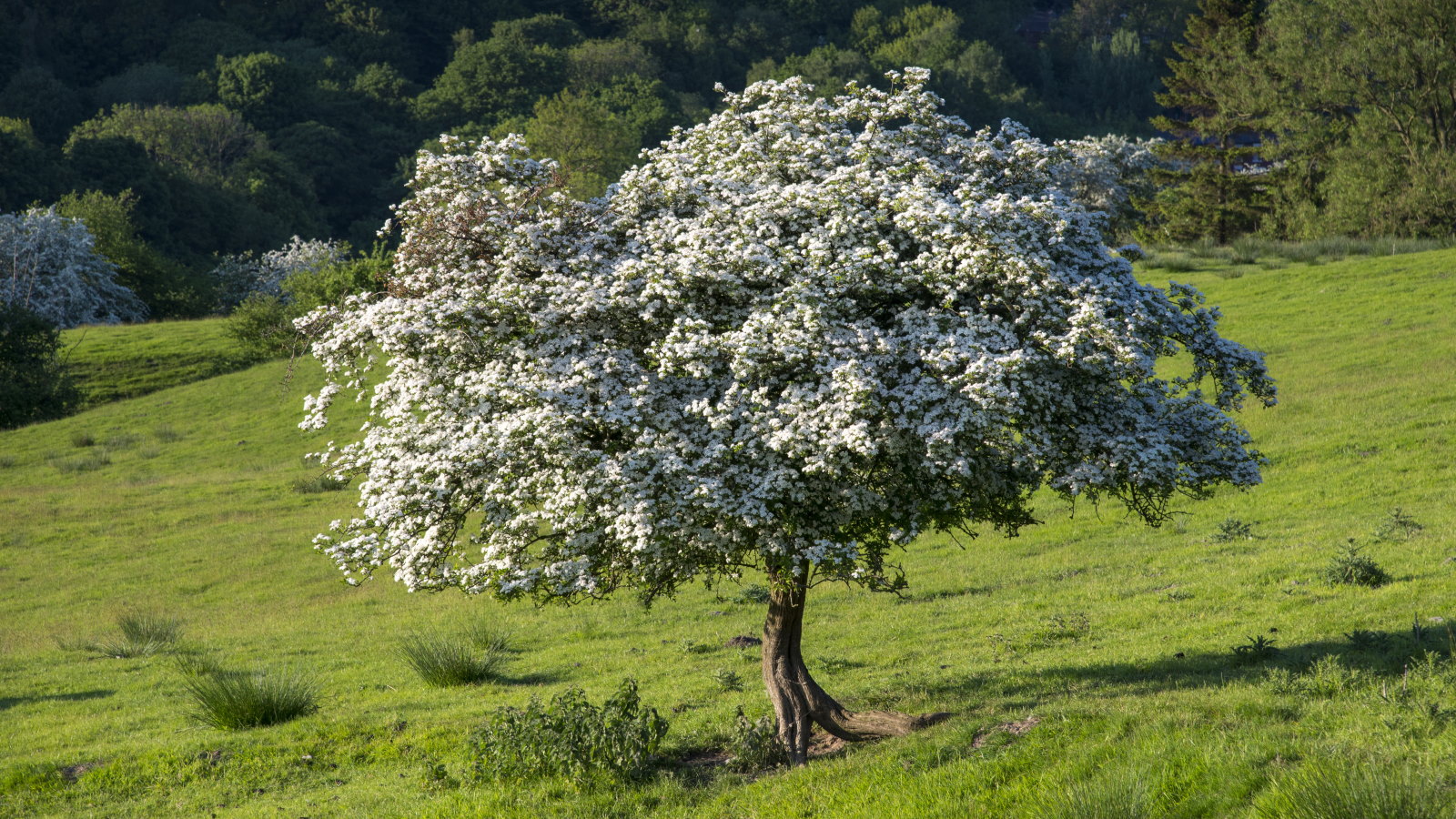 Now is the time to prune hawthorn trees to keep them healthy and attractive – 5 expert-recommended steps to follow for proper trimming
Now is the time to prune hawthorn trees to keep them healthy and attractive – 5 expert-recommended steps to follow for proper trimmingAvoid unnecessarily stressing your trees by pruning at the right time and not getting carried away
By Drew Swainston
-
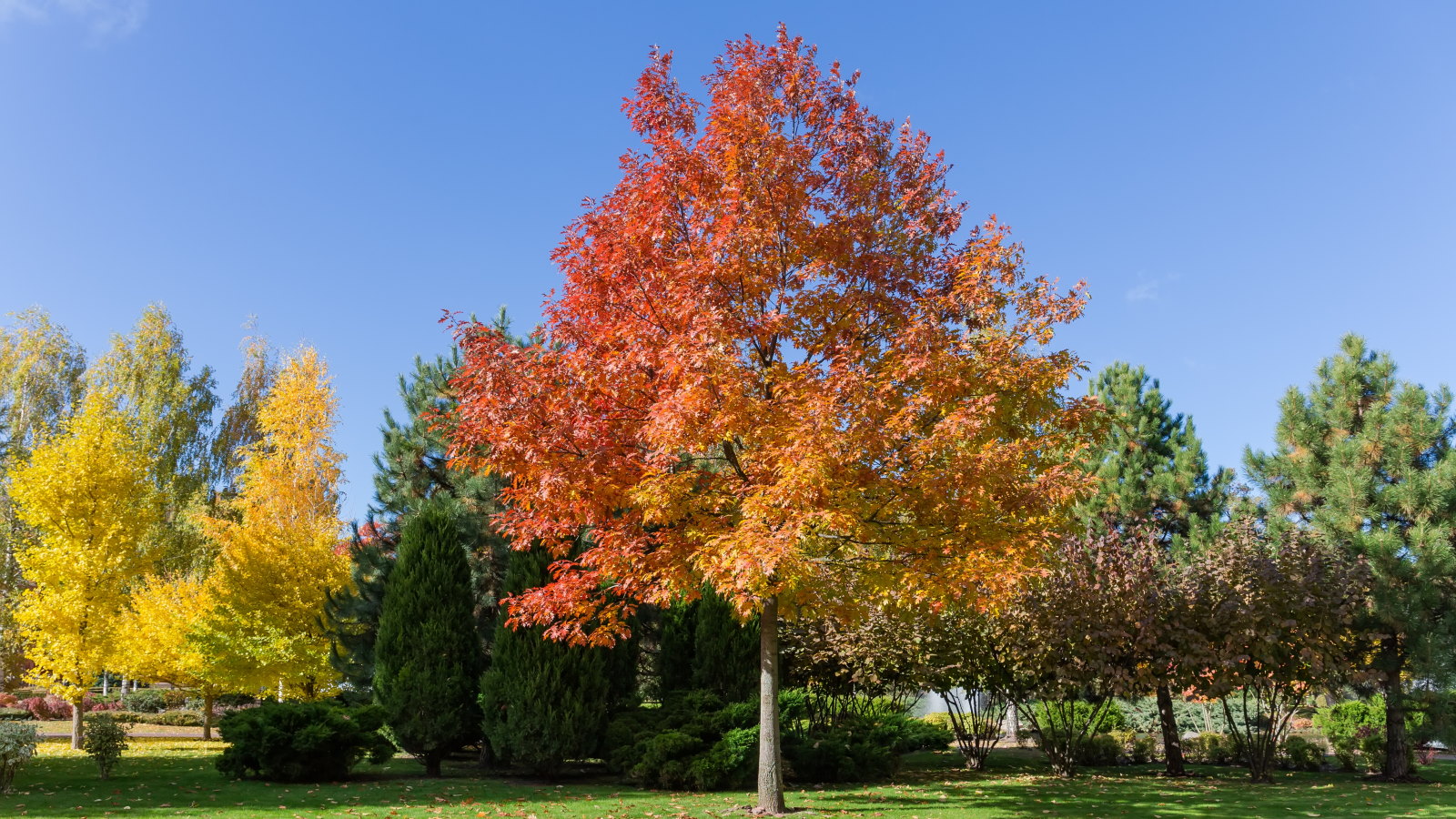 This is your last chance to prune oak trees to avoid a potentially fatal disease that can kill trees within months, arborists reveal
This is your last chance to prune oak trees to avoid a potentially fatal disease that can kill trees within months, arborists revealStay safe and discover what you can prune at different times of the year
By Drew Swainston
-
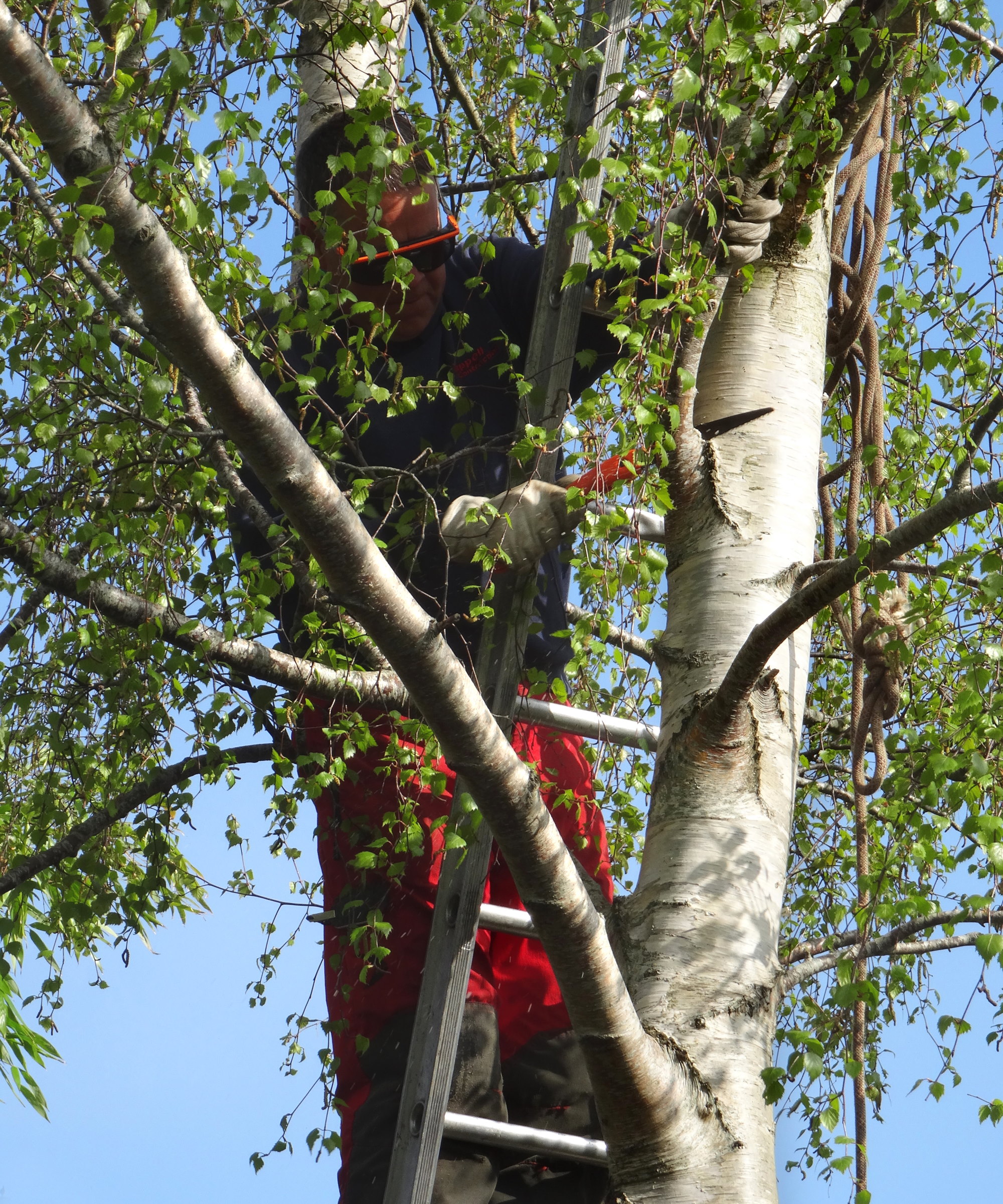 How to prune birch trees – arborists reveal 5 golden rules to follow and 3 things you should never do
How to prune birch trees – arborists reveal 5 golden rules to follow and 3 things you should never doAggressive pruning can be fatal to birch trees – here is how to avoid it
By Drew Swainston
-
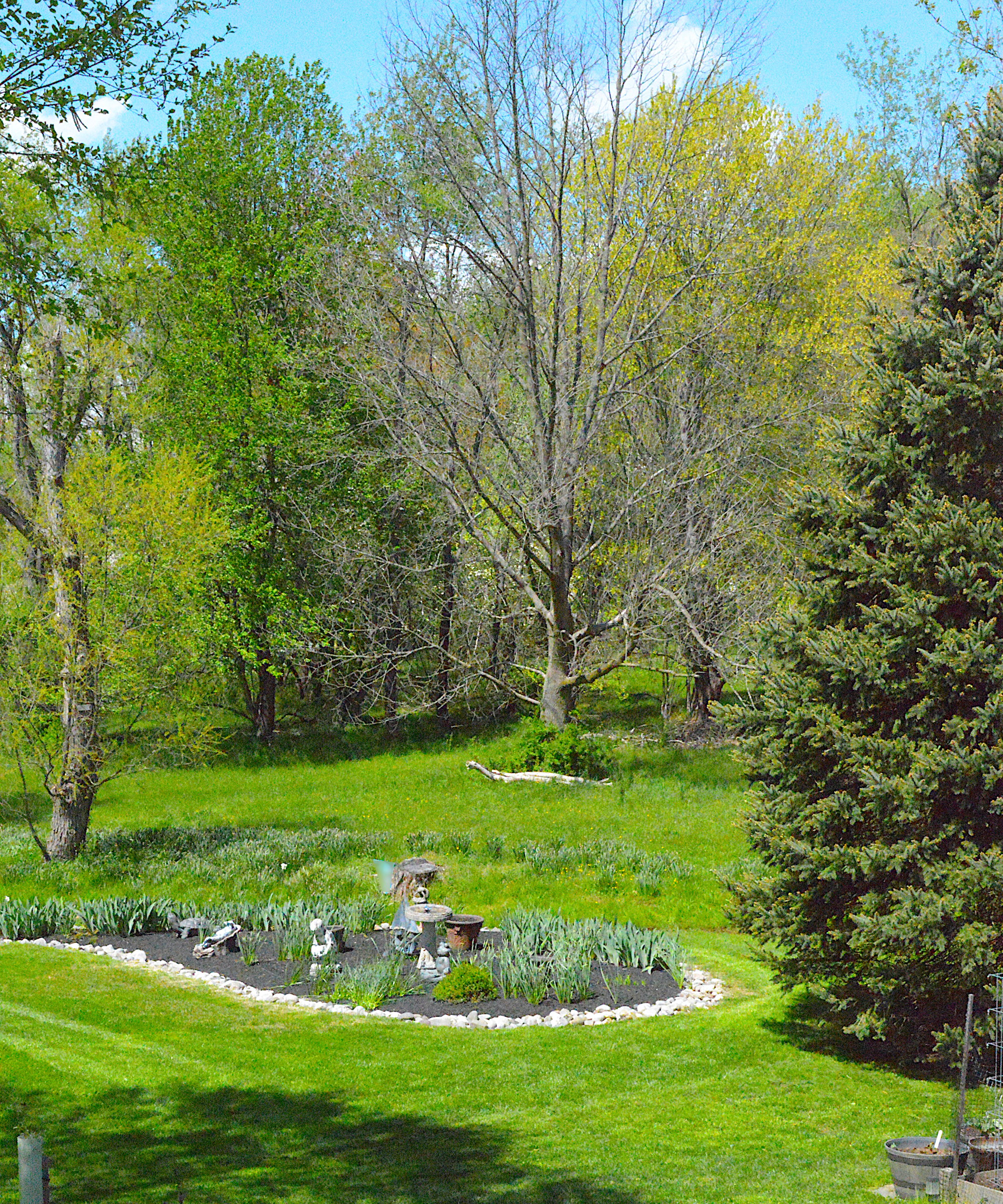 There's still time to prune deciduous trees this month – expert trimming advice for 9 of the most popular backyard trees
There's still time to prune deciduous trees this month – expert trimming advice for 9 of the most popular backyard treesThese trees will benefit from pruning in February with our handy guide
By Drew Swainston
-
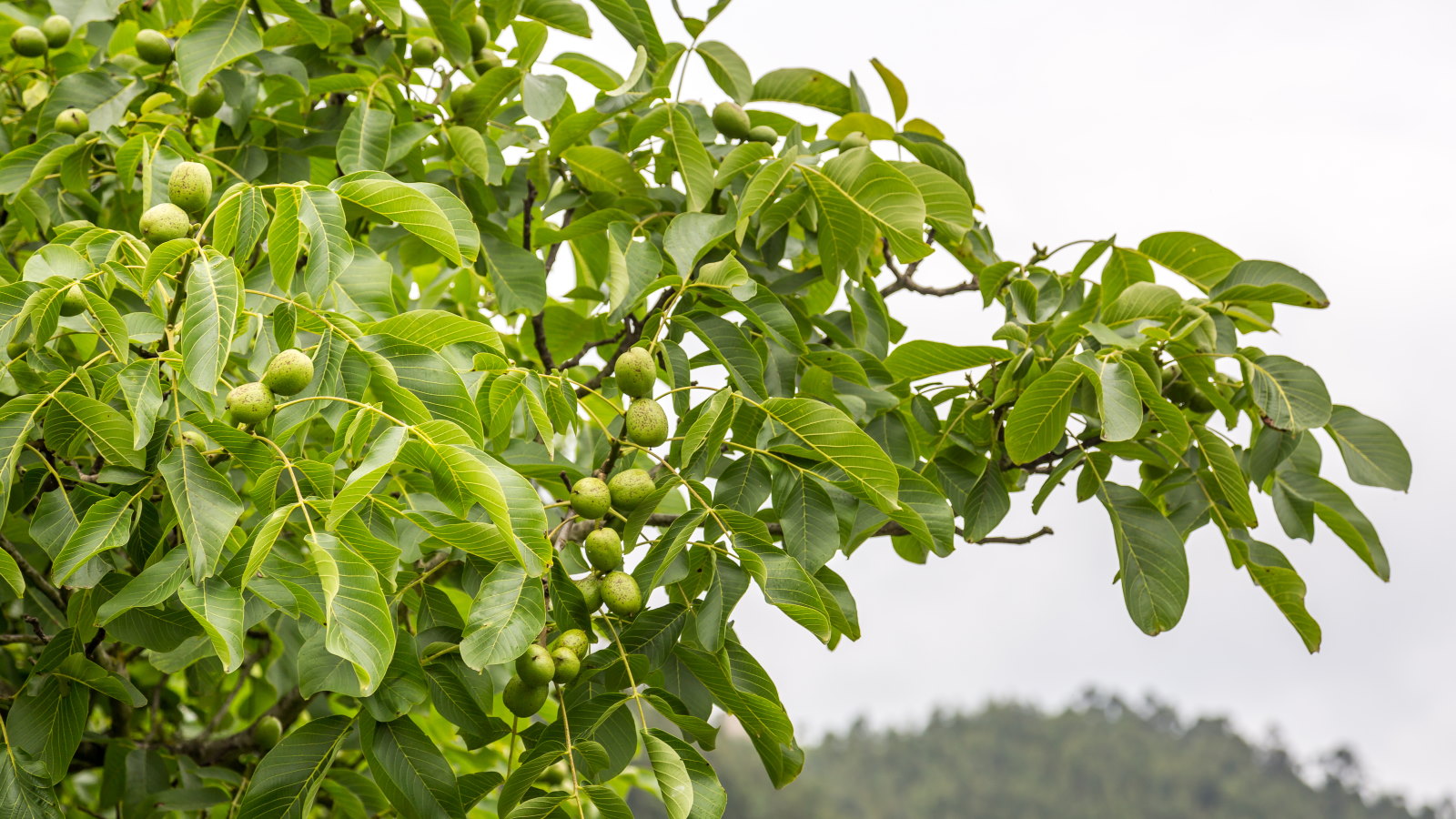 An arborist reveals the most forgiving time to prune a walnut tree – and the steps you need to know for safe pruning
An arborist reveals the most forgiving time to prune a walnut tree – and the steps you need to know for safe pruningDiscover when to prune a walnut tree with these expert-recommended tips
By Drew Swainston
